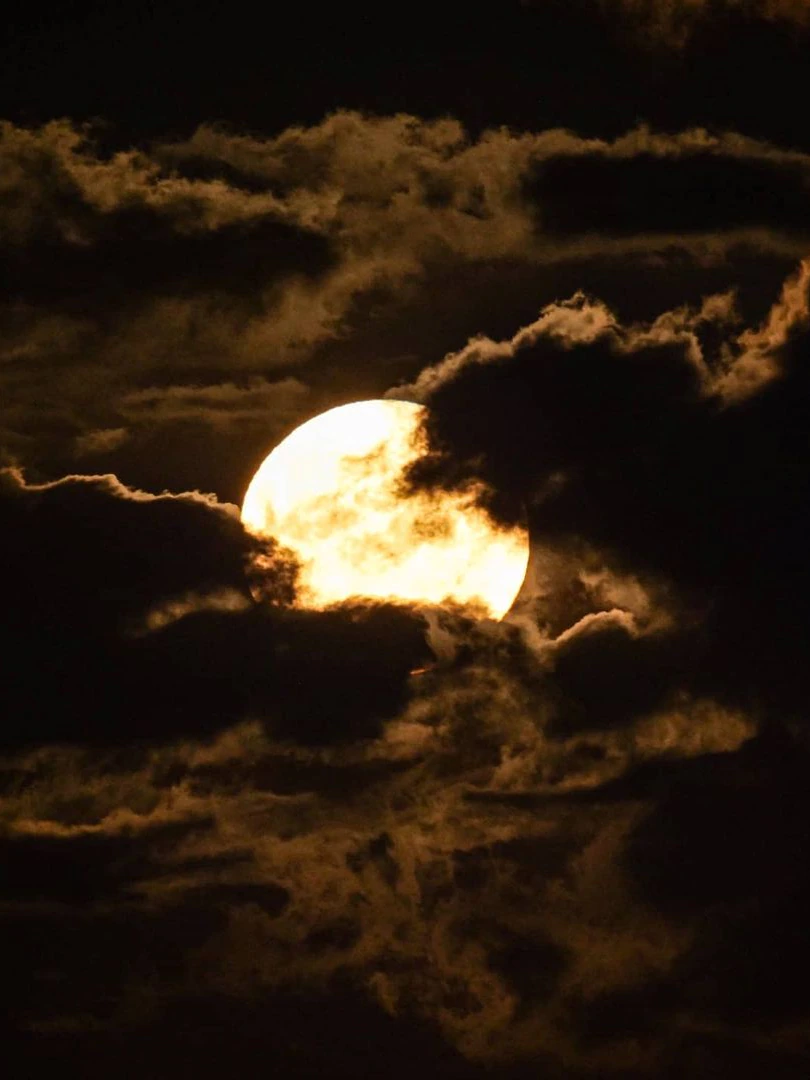Throughout history, the Moon has copped more than its fair share of the blame for everything from outbreaks of erratic behaviour to fluctuations in libido.
Key points:
- NASA says a lunar cycle will combine with rising sea levels to drive major tidal flooding events
- It expects the phenomenon’s effects to become noticeable in the mid-2030s
- Scientists say fingers should not be pointed at the Moon, but climate change
But no less an authority than NASA is warning of a perfect storm of sorts, as an upcoming phase of a lunar cycle combines with rising sea levels to exacerbate the effects of climate change.
The finding is contained in a study by NASA’s Sea Level Change Science Team, at the University of Hawaii, which said the main reason was the impact a “regular wobble in the Moon’s orbit” would have on tides in about 15 years’ time.
“The combination of the Moon’s gravitational pull, rising sea levels, and climate change will continue to exacerbate coastal flooding on our coastlines and across the world,” NASA administrator Bill Nelson said.
“Low-lying areas near sea level are increasingly at risk and suffering due to the increased flooding, and it will only get worse.”
AP: Ben Birchall
)The study — which coincides with deadly downpours in Germany and Belgium — forecasts “dramatic increases” in the number of floods, as well as “rapidly increasing high-tide floods” in the mid-2030s.
NASA said the main reason was a regular wobble in the Moon’s orbit — first detected in 1728 — that takes 18.6 years to complete.
The agency said what was new was how the wobble’s effects on the Moon’s gravitational pull – the main cause of Earth’s tides – would “combine with rising sea levels resulting from the planet’s warming”.
Supplied
)Australian National University climate expert Mark Howden said the research was the first of its kind, and said the lunar phenomenon responsible was known as the Moon’s “nodal cycle”.
“The orbit of the Moon apparently changes from the perspective of Earth,” Professor Howden said.
“Sometimes it’s tilted up one way and sometimes it’s tilted the other way.”
Professor Howden said during the amplified part of the cycle, “the Moon was lining up with the Sun in terms of gravity” — with the combined effect increasing the height of high tides.
“Those cycles of the Moon have happened for probably billions of years, so they’re just part of the background world we inherit,” he said.
“In Florida, they get what they call ‘sunny day flood events’ — it’s a day when there isn’t a storm pushing waves onto the shore, it’s simply that there’s a high tide.”
Supplied: Kirsten Banks
)Astrophysicist and science communicator Kirsten Banks said the Moon was currently in a tide-amplifying part of its cycle — but the effects were not as environmentally significant as they would be next time round.
“We are currently in an amplified stage of the cycle, but the sea levels are at an OK level so it doesn’t affect us as much as it will in the next cycle,” she said.
According to NASA’s research, floods will occur in clusters lasting “a month or longer, depending on the positions of the Moon, Earth, and the Sun”.
But Ms Banks said we should not be leaping to point the finger at celestial movements, but climate change.
“As much as it would be easy to blame the Moon, we have ourselves to blame for this one,” she said.




